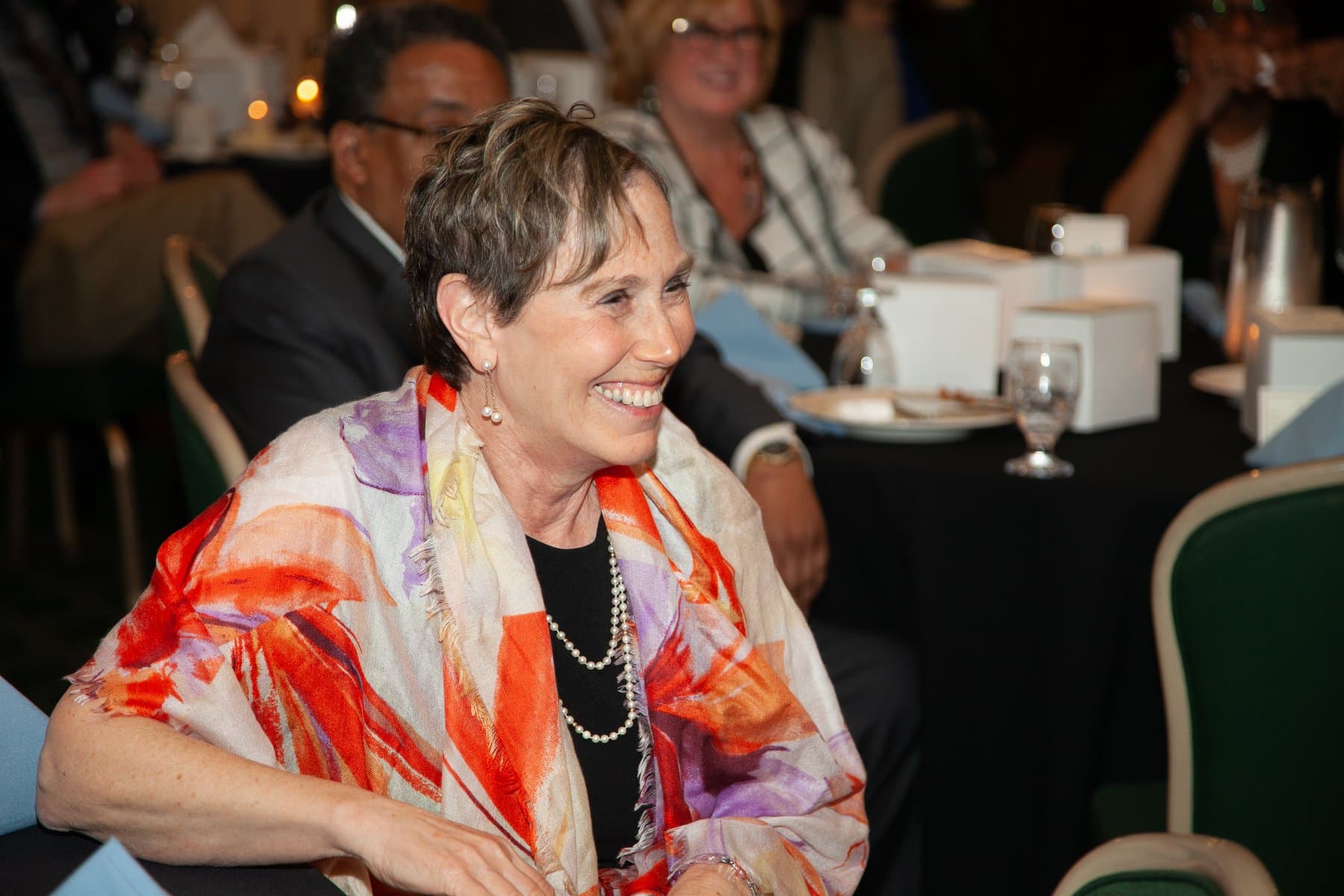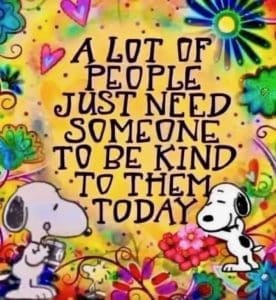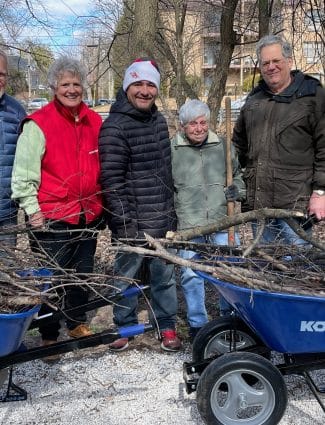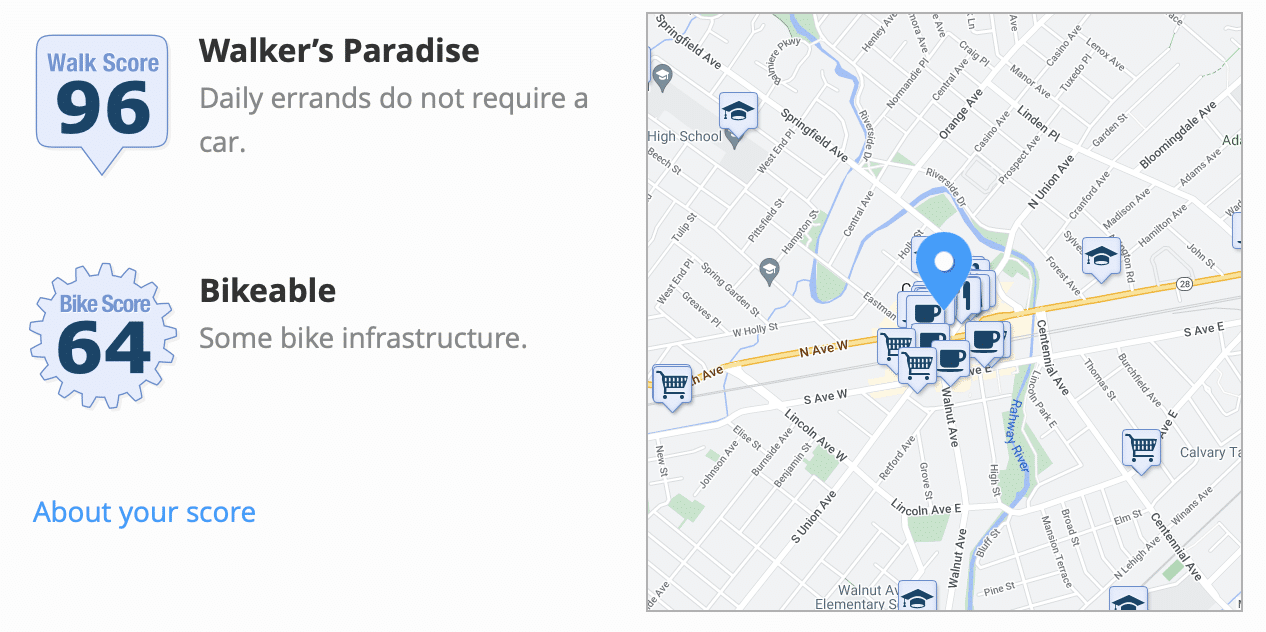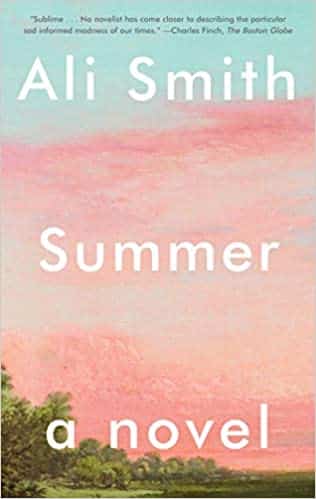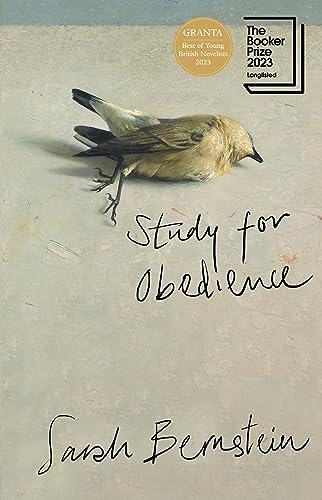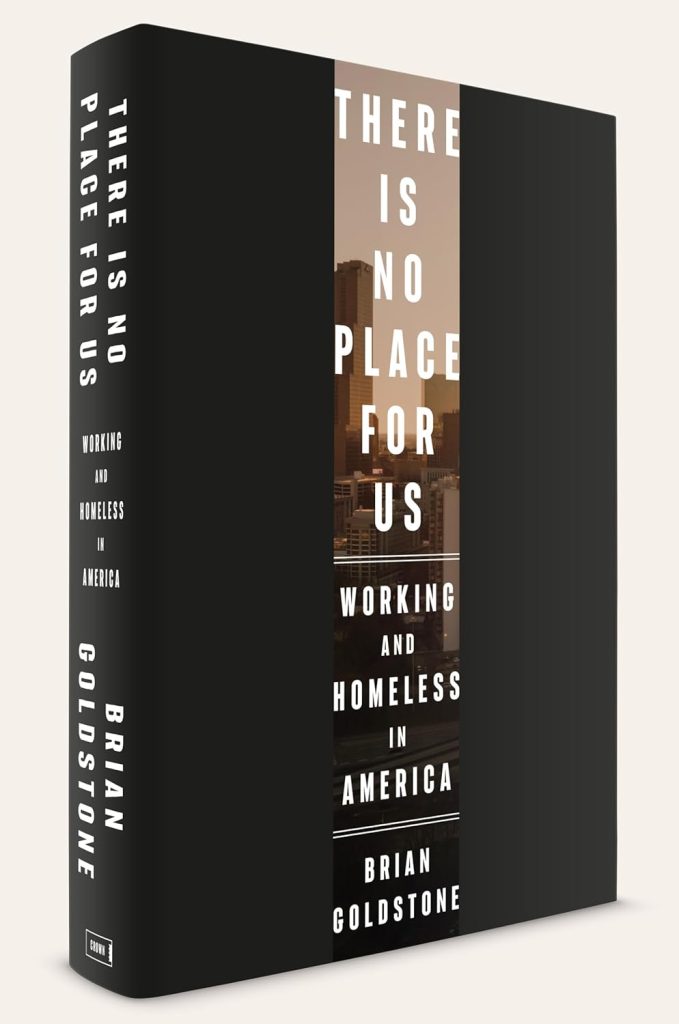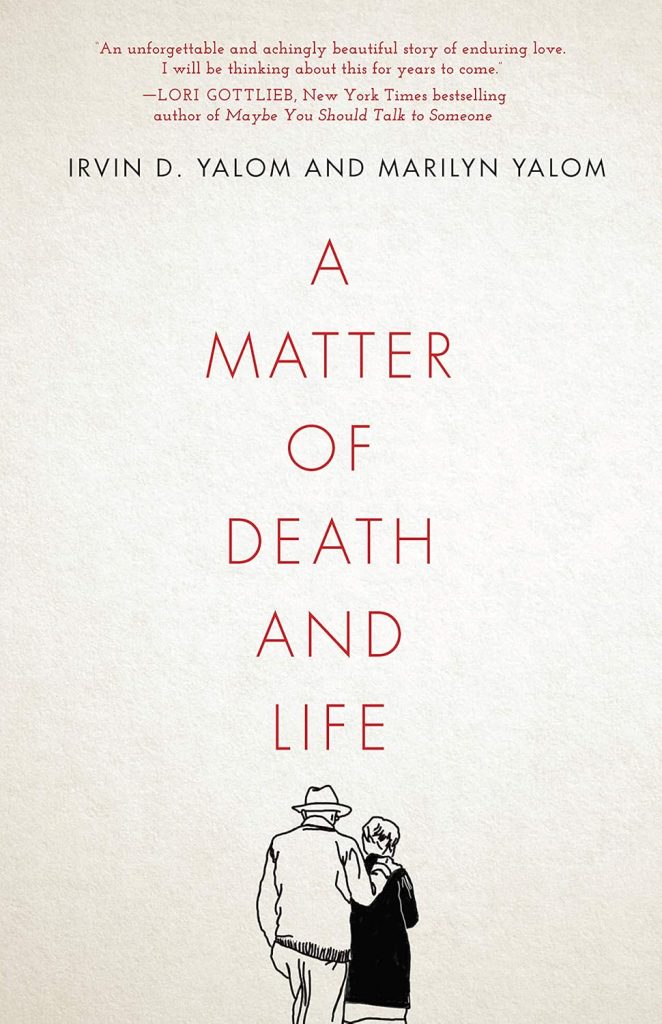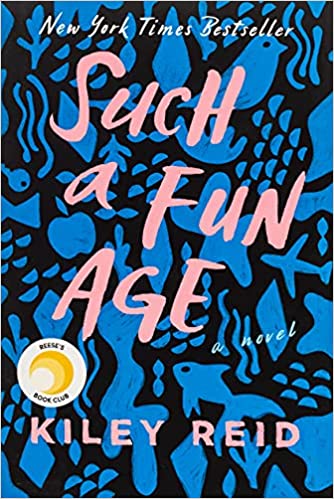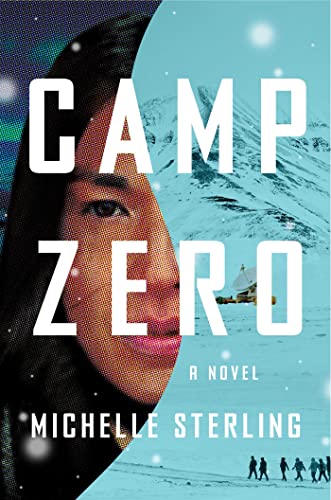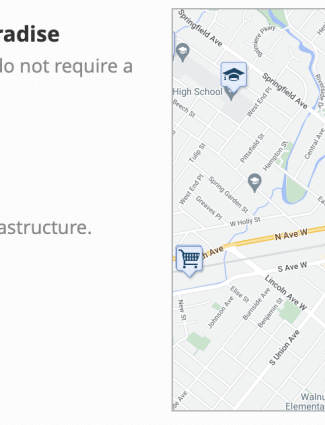
Walkability Equals Likability!
In Cranford, I Do Not Need a Car for Daily Errands
Estimated reading time: 1 minute, 29 secondsAs I was lost in thought during my walk, I suddenly heard a familiar voice calling me. As the person got closer, I recognized my neighbor, Franco, carrying two large bags of bread. He shouted a greeting, saying, “Hey, Buddy, I’m right behind you!”
Walking to his shop, Venue 104, made me appreciate how fortunate I am to live in a neighborhood where most of my daily tasks can be accomplished on foot. The walkability score of my community is an impressive 96, which has been a tremendous help as I navigate my grief journey.
I’m also grateful to be an active member of several supportive communities that provide me with the necessary strength and encouragement. Without these connections, I wouldn’t have made it this far.
As Charlie Padavano says to Sylvie, one of his daughters, in Hello Beautiful.
We’re separated from the world by our own edges. We’re all interconnected, and when you see that, you see how beautiful life is.
Despite the difficulty in finding joy in life without Jan, I’m taking things one day at a time and discovering happiness in simple things like walking, faith, reading, and more.
Although I can never replace Jan, sharing her love helps me keep her memory alive in this new chapter of my life.
The Jan Lilien Education Fund sponsors ongoing sustainability and environmental awareness programs. Gifts made this month; I will match dollar-for-dollar. All donations are tax-deductible.
I receive a commission when you buy a book or product using a link on this page. Thank you for supporting Sharing Jan’s Love blog.
